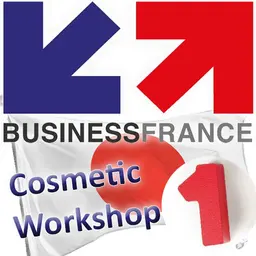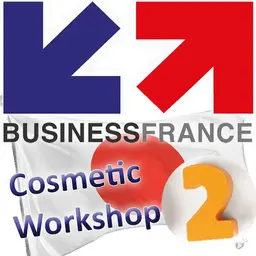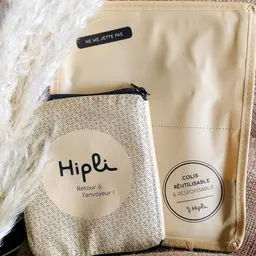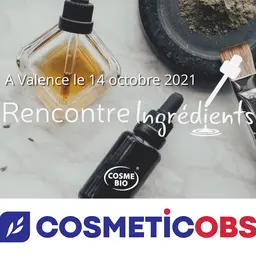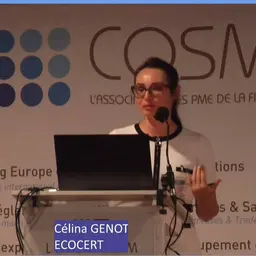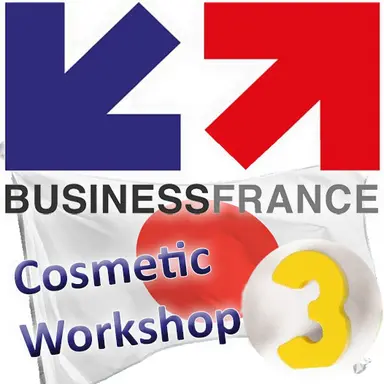
With its particular mentality and specific distribution channels, the Japanese cosmetics market has characteristics that need to be well-understood before initiating any export strategy. Its distinct regulatory standards should also be well-known, as they both concern the definition of a cosmetic product and the rules regarding product composition. The Workshop held last March 20, 2018, was an opportunity for Business France to give French companies the keys to settle in Japan.
Third part of articles series
• Passport for Japan (1/3): the Japanese cosmetics market
• Passport for Japan (2/3): Japanese cosmetics distribution and market approach
Farah Fliti, Regulatory Information Project Manager Asia (except ASEAN) & Oceania of Business France, dealt with the regulatory part.
‘Regulations on cosmetic products fall under the jurisdiction of the Ministry of Health, Labour, and Welfare,’ she reminded, ‘commonly known as MHLW.’
This type of products is governed by the PMDL, the Pharmaceuticals and Medical Devices Law, which provides a framework for every aspect of importation and for determining the category to which products belong: cosmetics or quasi-drugs.
Cosmetics, quasi-drugs: definitions
In Japan, beauty products are classified into two categories.
Cosmetics
These products provide a mild action and are ‘applied to the human body for the purpose of cleaning, beautifying, adding to the attractiveness, altering the appearance, or keeping and promoting the skin or hair in good condition.’
If we stop here, this definition is quite similar to that which applies to cosmetics in Europe, although there is a little difference to be understood in terms of exceptions: quasi-drugs.
Quasi-drugs
These are the products with the following functions:
• Prevention of nausea, bad breath, and …

